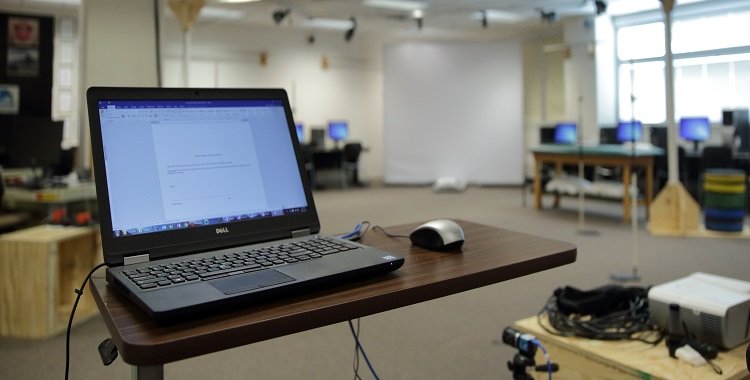Previous Grant Recipients
View the grants previously funded by the APTA Orthopedics.

Research Committee Chair: Jeffrey B. Taylor, PT, PhD, DPT, CSCS
jtaylor@orthopt.org
Dr. Jeff Taylor is Associate Professor and Chair of the Department of Physical Therapy at High Point University. He has earned degrees from the University of Delaware (BA), Duke University (DPT), and the University of North Carolina at Greensboro (PhD- Kinesiology/Applied Neuromechanics, minor-Educational Research Methodology) and completed the American Physical Therapy Association’s Educational Leadership Institute Fellowship.
As a former Board Certified Specialist in both Orthopaedic and Sports Physical Therapy, Taylor has an extensive clinical and research background with projects supported by the National Institutes of Health and adidas International to study the prevention of anterior cruciate ligament (ACL) injuries in adolescent female athletes and the effects of shoe design on athlete biomechanics. He has presented his work nationally and internationally at conferences such as Combined Sections Meeting, American College of Sports Medicine Annual Meeting, Academy of Orthopaedic Physical Therapy Annual Meeting, Footwear Biomechanics Symposium, World Congress of Biomechanics, and the ACL Research Retreat. He has previously served the APTA on the Awards Committee, the Academy of Physical Therapy Research as the Abstract Review Committee Chair, the Academies of Orthopaedic and Sports Physical Therapy as abstract reviewers.
To learn more about the Research Committee's purpose, scope, and responsibilities, click here.
Click here to access our survey application portal.
Yes! As a current member of the APTA Orthopedics, you are welcome to submit your name and interests on our Volunteer Involvement Page.

The APTA Orthopedics supports its members by funding studies to systematically examine orthopaedic practice issues. The AOPT will offer 2 grants in 2025: New Investigator and Unrestricted.

Needing help with developing a research abstract or case study? Learn more from the APTA Orthopedics Research Committee members.
The OSPRO-YF is a concise yellow flag assessment tool that allows for accurate estimates of individual, full-length psychological questionnaire scores for depressive symptoms, anxiety, anger, fear-avoidance beliefs, kinesiophobia, catastrophizing, self-efficacy, and pain acceptance.